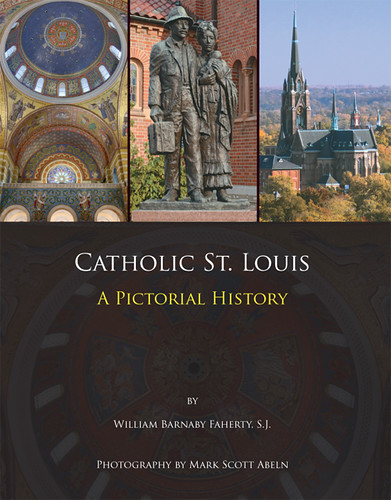THIS IS “A website about the Art and Science of Photography”, so I thought that I would begin by explaining some terms.
To many in the arts establishment, photography was not a legitimate art form until perhaps the 1960s; to me this appears to be wrong, especially in retrospect, considering the many fine photographs produced earlier in history. In my opinion, photography is and always has been an art, although it has been continuously under refinement (with some hiccups).
I am often amused with the
Wikipedia entry on
Art because it changes so frequently. As the current edition of that article may or may not show, there are many definitions of art, and most of them are excessively restrictive in my opinion. But I will use a very old, and quite broad definition, in the tradition of
Aristotle and
Thomas Aquinas:
Art is the virtue of making things well.
What does this mean?
Art isn't just about making paintings or sculptures that are to be viewed in an art gallery; rather
anything can be art, if it is artfully done. For example, cooking isn't normally considered an art, but a master chef is often called an artist, as is only fair. Some automobiles are so well designed that they are called moving sculptures, and rightfully so.
Art is a property of a person, the artist. The artist is therefore the
subject of art, while the things the artist makes are the
objects of art. A good photograph may or may not be an ‘object of art’ by this definition: does the photographer habitually make good photographs or not?
Art is a virtue, and according to the ancients a virtue is a good habit of a person. It is habitual, that is, it becomes a part of the person and their ordinary behavior. According to the philosophers, virtues are obtained through innate ability, knowledge, practice, and inspiration.
The example of a musician may be helpful. To play a piano well, you need the innate ability to play it: your fingers have to be of a certain minimum size, and you need to have a good ear for tones; some people are tone-deaf for whatever reason, and that is not a good sign for them ever being able to play the piano well. Some people are famed for overcoming obstacles even though they are not well-predisposed to doing something: but this is a shift from having the virtue of art to having some other virtue, like courage or perseverance — so these people become even more admirable.
Getting a good theoretical knowledge of music is very helpful to gaining the virtue of being a musician: although someone may play the piano just through practice, their art would be quite limited. For example, the inability to read music or transpose keys would perhaps prevent them from being hired to play in an orchestra. Likewise, a theoretical knowledge of photography is important for being a professional: perhaps someone, merely by practice, will eventually learn the relationship between aperture and depth of field, but knowing the theory behind it will allow the photographer to set the camera precisely the first time.
Practice is the most important part of gaining a virtue. A neophyte musician must constantly practice, no matter how bad the music sounds at first. Feedback from others, especially an established musician, is certainly required. A neophyte photographer should expect to take plenty of bad photos, but with feedback from an experienced photographer, this is extremely helpful and not a waste of time. A very helpful method to improve technique is completing assignments: taking photos of specific subjects with prescribed techniques.
The Daily Shoot website can help build this discipline.
Eventually, with ability, knowledge, and practice, the musician gains the virtue of art. They remain a musician even when they are not making music, for music has become a part of them. Music in the abstract has been instantiated or incarnated in the musician. The Zen advice, sometimes comically seen in the phrase “Be one with the ball!” is not exclusively Eastern but also has a traditional Western philosophical counterpoint.
There are two marks of a virtuous person: they enjoy practicing their virtue, and they make the performance of the virtue look
effortless and graceful. Anyone seeing a virtuous artist at work ought to think
“that looks easy!” And it
is easy for the artist, but only after much sweat, disappointment, and lots of bad artwork. We ought to also consider that many people choose professions based on the income or status that the profession confers; they may be good at performing the tasks of that profession, but they hate every minute of it — this is not then the virtue of art; although it may be another virtue, it is not art and the the final objects of art may suffer.
I think a critical part of having the virtue of art is the ability to
preconceive an object of art, and then be able to reliably
make it. A photographer should be able to know ahead of time what he or she wants as a final image, and then be able to reliably and repeatably do what it takes to get the desired results. Now I often use the shotgun approach towards photography, and certainly some of that is required for journalists, sports photographers, and anyone who uses a live model, but artistic virtue would tend to greatly minimize excess ill-advised shutter clicks. It is a delightful problem having to choose only one photo from one hundred good ones, rather having to salvage one mediocre image from a hundred bad ones.
Artists can also be inspired. The subject of inspiration is problematical, and is rather outside the scope of this website.
Click here for some of my thoughts on the matter. However, we can take heart in the theory put forth by Plato in the
Ion: by imitating inspired works, that inspiration flows through to us. Only when you don't care about creativity can you be truly creative, for mere novelty does not always lead to goodness in objects of art.
So from all this we can be confident that photography is an art, and has been an art since the very beginning.
Often it is said that the arts deals with
aesthetics, a meaning that is not found in my definition above. A problem then becomes defining aesthetics, of which there seems to be no good definition. But consider its opposite, anesthetic; a person under anesthesia has little or even no feeling whatsoever, and may even be unconscious. This makes it clear that everything has an aesthetic dimension, and that it may be impossible to cut off aesthetics from the rest of experienced reality. Certainly the practical split between
aesthetics and
utility found in our world today is quite ugly, as I've
mentioned elsewhere. This problem of the scope and meaning of aesthetics is an unresolved problem in my mind.
Let's consider science. The ancient definition is:
Science is the virtue of conforming the intellect to reality.
This again is a very broad definition. Science is not a virtue for making or doing anything, but rather is a virtue of
changing yourself. A virtuous scientist conforms his mind to what is real, not to what he feels, or what he wants to do. Now of course feelings are real and must always be taken into account; being cold and heartless is definitely
not a virtue. The ancients valued reason over emotion — but reason
includes the heart, which has its own reasons, as Pascal noted.
By the ancient definition, science is not technology, nor is it a profession, nor is it a method, nor is it a set of results; rather it is a habitual state of mind. A good scientist habitually asks questions such as:
what actually exists?
how do certain things work?
why do certain things happen?
when and
where are certain things likely to occur?
who knows more about this subject than I do? A scientific photographer would not be content with merely following formulae or memorizing rules of thumb about photography, and certainly not rely on the “shotgun approach” of taking photos, but rather would ask
why certain things work the way they do. Ansel Adams, who was no doubt a photographic artist, was also certainly a photographic scientist, as was demonstrated by his Zone System.
According to this ancient model, art and science are not opposed to each other as they are in the more modern philosophies of Romanticism and Enlightenment Rationalism, but rather both virtues are closely related and harmonize with each other. Ideally, a good photographer would have both virtues, but no one is perfect: however, this should not be an excuse, but rather should be a challenge to improve yourself.
So, the art of photography is found in an artist, who reliably and repeatedly makes good photographs according to plan. Likewise, a photographic scientist is a person who distinguishes what is true about photography, and what is merely opinion.
The ancients distinguished between the intellectuals virtues of art and science and the moral virtues of justice, prudence, courage, and temperance. The moral virtues are what make you a good
person, while the intellectual virtues merely make good
things. While being a good artist or scientist is laudable, this does not make you a good in the moral sense.




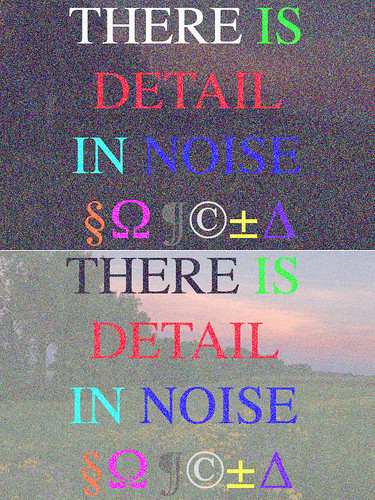
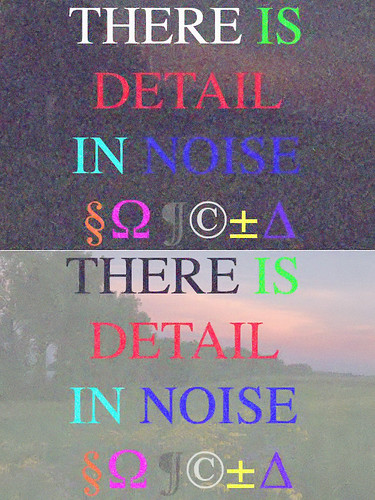
![Portrait of a Cat I (Shilo) [EV=-4.5]](http://farm2.static.flickr.com/1282/4685475360_e89a7ba31e.jpg)
![Portrait of a Cat II (Shilo) [EV=21.3]](http://farm5.static.flickr.com/4071/4685475510_b367890581.jpg)
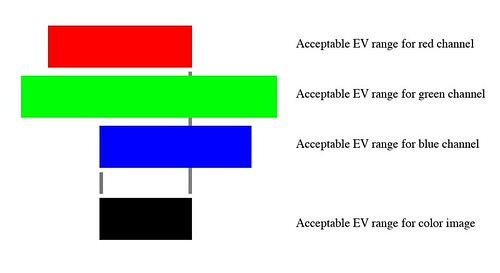

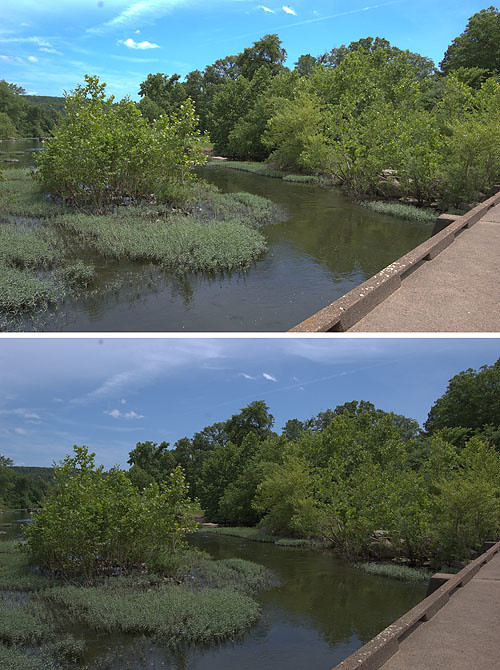
![Portrait of a Cat III (Shilo) [EV=5.7]](http://farm5.static.flickr.com/4016/4688869522_348b58acff.jpg)
